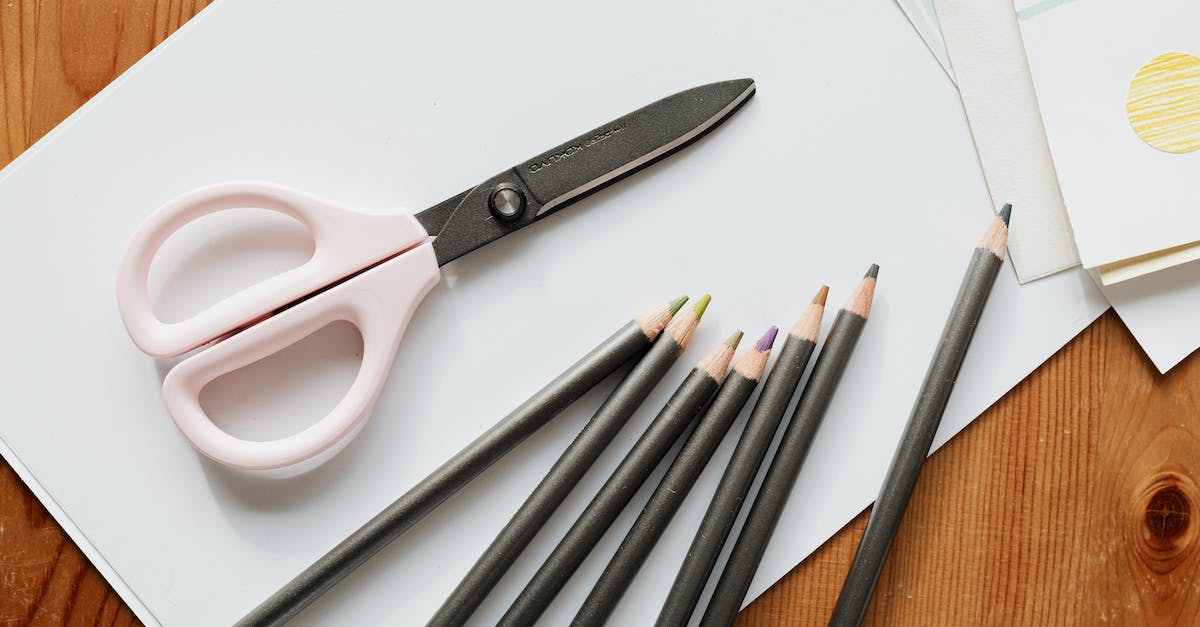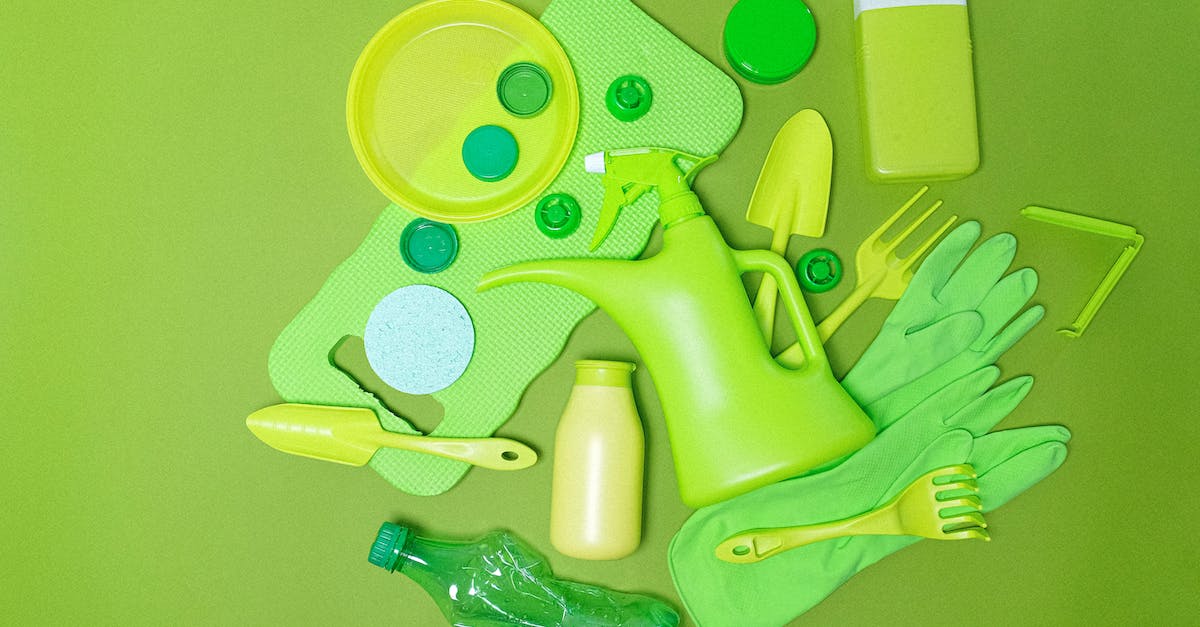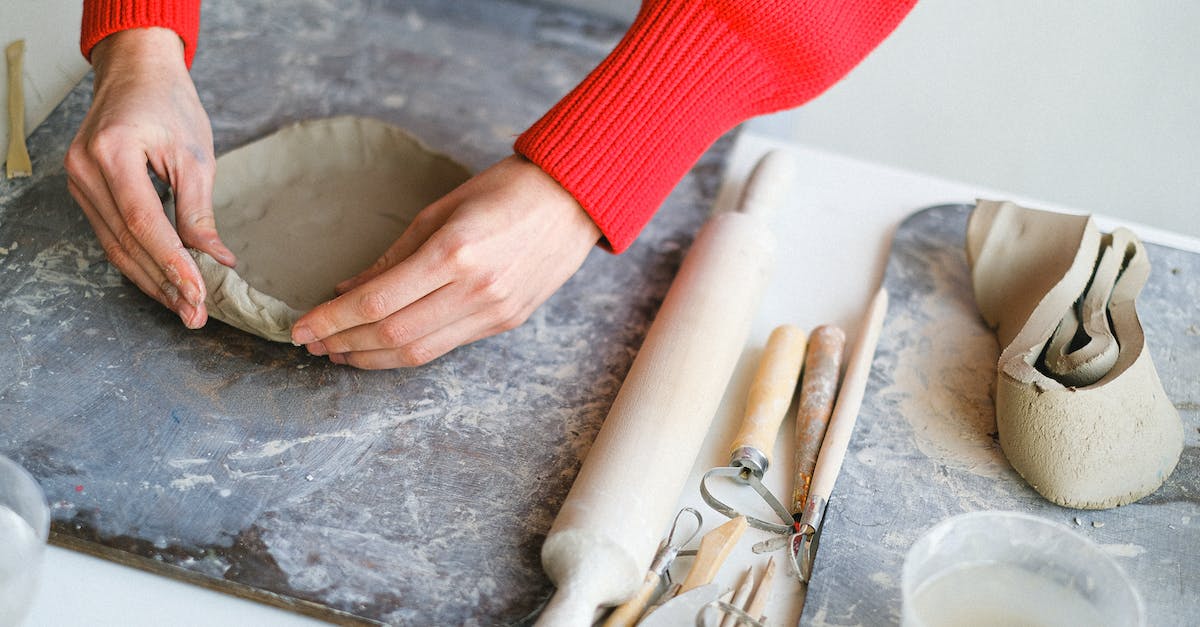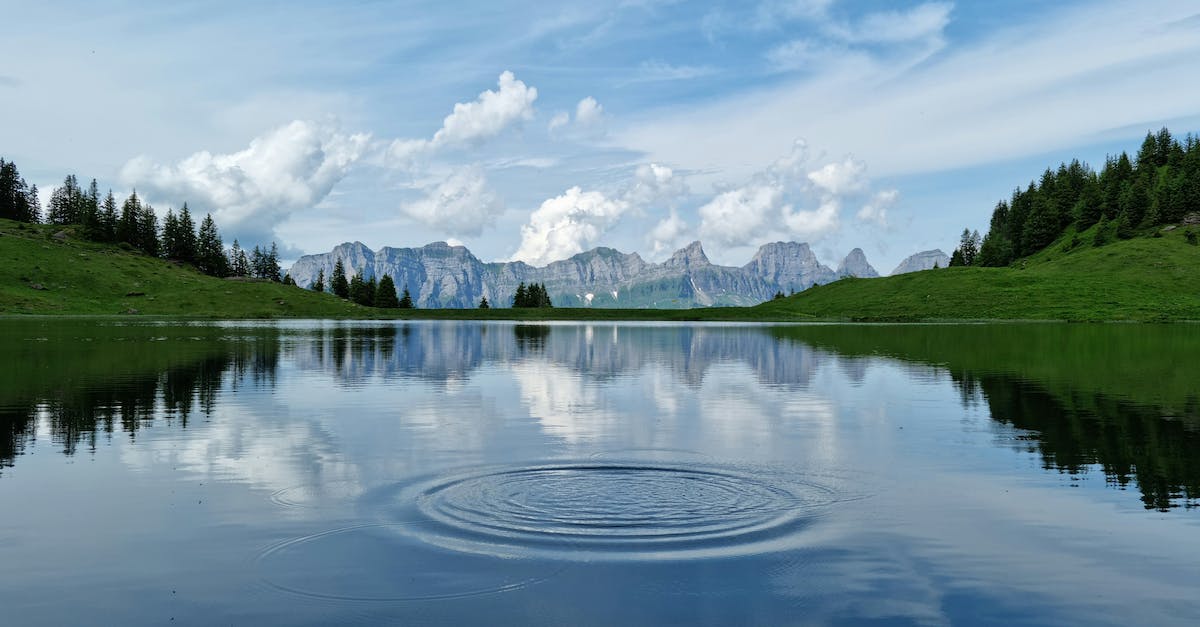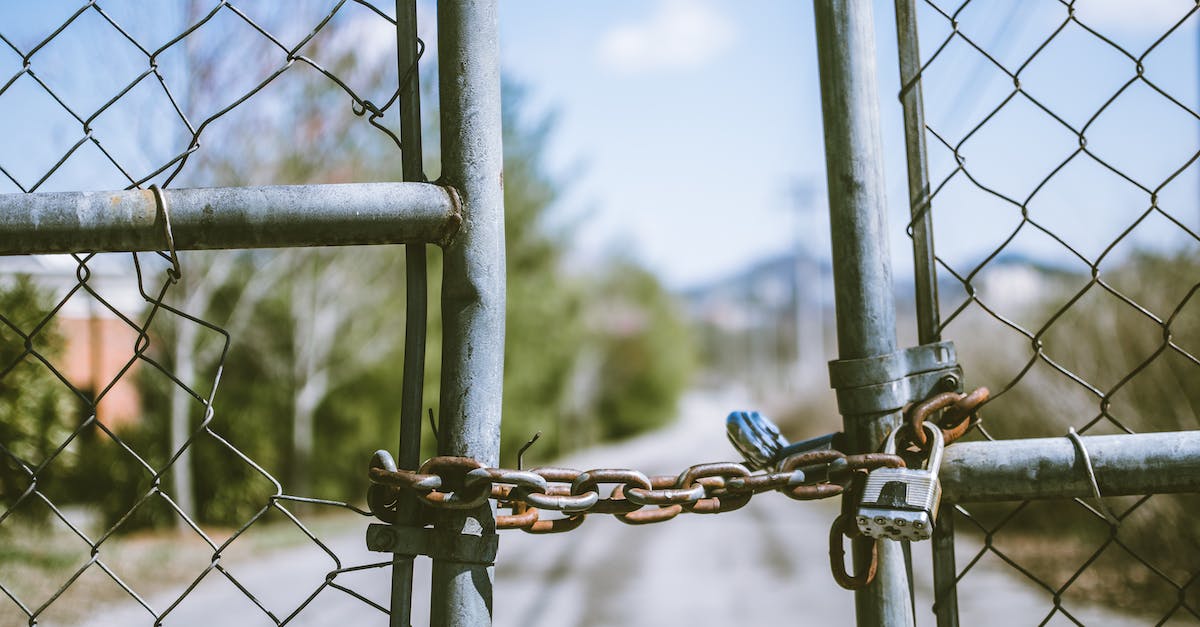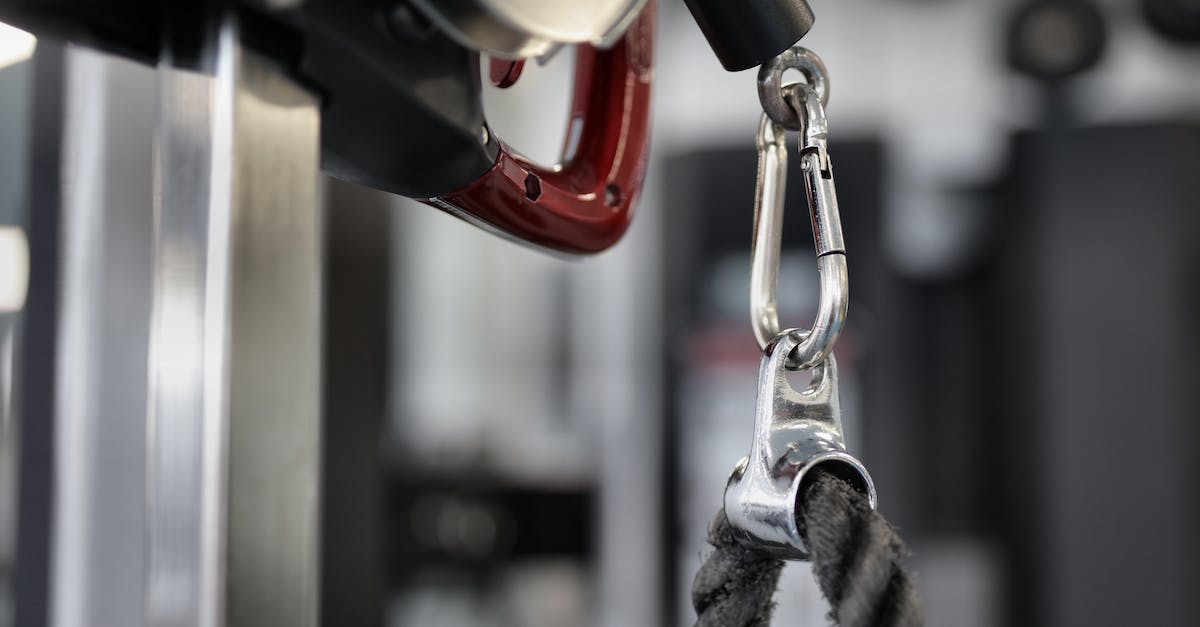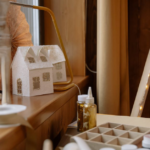How to Make a Water Elevator in Minecraft: Step-by-Step Guide for Gamers
The Basics of a Water Elevator in Minecraft
Creating a water elevator in Minecraft can be a useful tool for navigating vertical distances quickly and efficiently. Instead of relying on traditional stairs or ladders, a water elevator can transport gamers effortlessly upwards or downwards. This step-by-step guide will walk you through the process of making your own water elevator in Minecraft.
Gather the Necessary Materials
Before starting the construction of your water elevator, it’s important to gather all the required materials. You will need the following:
1. Buckets – at least two buckets to collect water
2. Blocks – any type of block to build the elevator shaft
3. Signs – to create barriers and contain the water flow
4. Water source – either a lake, river, or an artificial water source nearby
5. Redstone torch (optional) – to enhance the functionality of your elevator
Create the Shaft
To start building your water elevator, choose a location for the shaft and mark the boundaries. Dig a vertical hole in the ground, ensuring it fits the desired height of your elevator. Once the hole is carved out, start placing blocks to form the walls of the shaft. Make sure to leave enough space for the water to flow freely.
Place the Water Blocks
At the bottom of the shaft, place a water source block. This will serve as the entrance of the elevator. Use a bucket to collect water from any nearby source and fill the bottom of the shaft with water. The water should flow smoothly throughout the entire elevator shaft.
Add Signs to Control Water Flow
To prevent the water from spilling out of the elevator, place signs horizontally along the walls of the shaft. These signs will act as barriers and contain the water flow within the elevator. Be sure to place enough signs horizontally to allow players to comfortably swim through the elevator.
Create Water Columns
To create the actual elevator, place water source blocks at regular intervals within the shaft, allowing the water to flow upwards. Make sure each water source block is separated by a column of empty blocks. This will prevent players from accidentally swimming upwards too easily without intending to.
Enhance the Elevator with Redstone (optional)
For added convenience, you can incorporate redstone torches into the water elevator by placing them on the blocks beside the water columns. This will create a gentle current that pushes players upwards, allowing for a faster ascent. However, this step is optional and can be skipped if preferred.
Test and Adjust
Once the construction of your water elevator is complete, take some time to test it out. Enter the elevator from the bottom and swim towards the top to ensure the water flow is smooth. If any issues arise, such as slow or inconsistent water movement, reposition the signs or adjust the water source blocks as needed.
Conclusion
Creating a water elevator in Minecraft can significantly improve your vertical transportation within the game. By following this step-by-step guide, you can easily construct your own water elevator and enjoy the convenience it offers. Remember to gather the necessary materials, create the shaft, place the water blocks, add signs for control, and optionally enhance it with redstone. Happy gaming!
FAQs
1. How does a water elevator work in Minecraft?
A water elevator in Minecraft works by utilizing water source blocks and soul sand or magma blocks to create an upward flow of water that carries the player upwards.
2. What materials do I need to make a water elevator?
To make a water elevator, you will need water source blocks, soul sand or magma blocks, signs or ladders, and building blocks such as cobblestone or wood.
3. How do I create a water source block?
To create a water source block, you need to place a bucket of water or find a natural water source such as a lake or ocean. Right-clicking the water source block with a bucket will create a water source block that can be placed and used.
4. What is the difference between soul sand and magma blocks?
Soul sand and magma blocks are both blocks that create an upward flow of water in a water elevator. However, soul sand creates a slower flow while magma blocks create a faster flow of water. Choose the block based on the desired speed of your water elevator.
5. How do I build the base of a water elevator?
To build the base of a water elevator, create a column of blocks using your building material. Place the soul sand or magma block at the bottom of the column, and make sure to leave a space for the player to enter and exit the elevator.
6. How do I add water to the elevator for it to work?
To add water to the elevator, place water source blocks above the soul sand or magma block column. The water will flow downwards, creating an elevator effect. Make sure to remove any excess water that may cause problems or unwanted currents.
7. How can I prevent the water from flooding my elevator?
To prevent flooding in your water elevator, you can place signs or ladders along the elevator shaft. These will act as barriers and prevent the water from flowing downwards.
8. Can I have multiple floors in my water elevator?
Yes, you can have multiple floors in your water elevator by creating additional columns of soul sand or magma blocks and connecting them with water source blocks. Make sure to add signs or ladders at each floor to prevent flooding.
9. Can I use a water elevator in survival mode?
Absolutely! Water elevators are functional in survival mode and can be a useful transportation system for players wanting to move between different levels quickly. Just gather the required materials and follow the same steps.
10. Are there any alternative designs for water elevators?
Yes, there are many alternative designs for water elevators in Minecraft. Some players prefer using bubble columns created by magma blocks and soul sand, while others utilize more complex redstone mechanisms. Explore different designs and find the one that suits your needs best.

